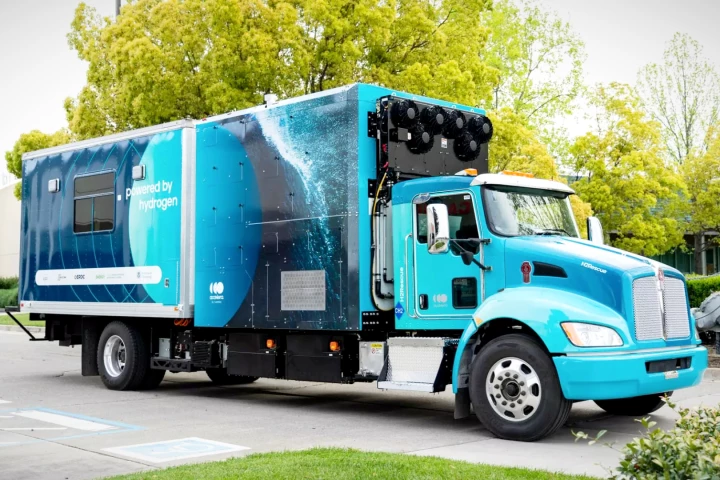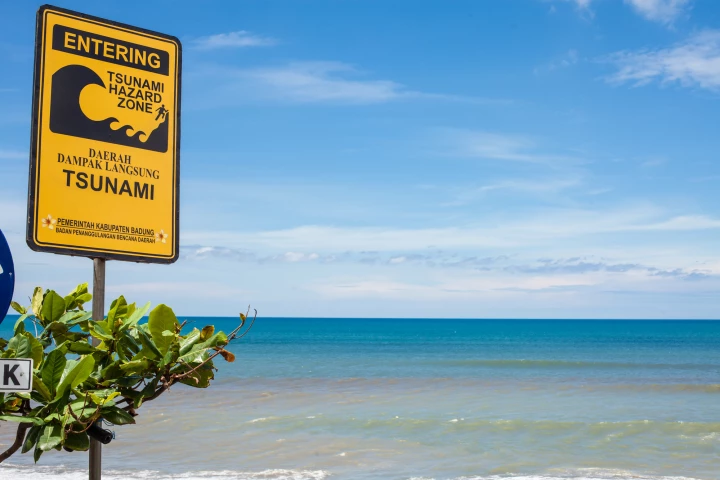Disasters
-
Researchers at Australia's RMIT University have devised a simple and clever contraption that could make drinking water available in disaster-stricken areas, by pulling it out of thin air.
-
The world's largest study into the long-term health impact of floods has found that there are surges in hospitalizations for months after an event – and current responses are inadequate when it comes to treating cancer, diabetes, mental health and more.
-
Excavations found that the brain of what seems to be a human male contained dark glass formed during the eruption of Mount Vesuvius in 79 CE. The effect can't be explained by lava temperatures alone, but rather a different event from the cataclysm.
-
Hydrogen-fueled trucks can keep thousands of tons of carbon out of the air every year. A prototype rescue truck from the US Department of Energy shows just how viable the clean-burning haulers are becoming – by bagging a new world record.
-
When disaster strikes, drones and robots can be sent into danger zones to scout for survivors. The RoBoa from a student team at ETH Zurich is designed to snake its way through debris that would stop other solutions in their tracks.
-
This mobile manufacturing machine turns rubble from destroyed buildings into bricks – bricks which can be stacked and joined together Lego-style to form mortarless structures. Years in the making, the first mobile brick factory is headed to Ukraine.
-
Self-deploying sea barriers offer coastal towns some protection from the destructive forces of tsunamis – but one problem can arise when power goes out in a disaster scenario. Hence this Japanese proposal for a wall that generates its own power.
-
The search for survivors at disaster sites is one of the most commonly suggested uses for drones. If those people are buried under debris, however, they won't be visible. That's where LUCY comes in, as it could let drones locate survivors by sound.
-
When a bold male seabird threw caution to the wind to 'ride' a typhoon, it was the start of an 11-hour, 712-mile journey, taking him 15,000-ft higher and three times faster than usual. The bird survived and didn't lose any points off his flying licence.
-
Humanitaria has created a cardboard bed for the critical first 24 hours of a humanitarian emergency. The beds can be manufactured at 1,000 units per hour for a 10th of the cost, assembled 200 times quicker, and landed where needed 100 times faster.
-
At disaster sites, it's not uncommon for both the water supply and electrical grid to be out of commission. That's where a new system may someday come in, as it utilizes just a small amount of electricity to desalinate seawater for drinking.
-
With the aid of arms control technology and artificial intelligence, a team of scientists at Cardiff University's School of Mathematics has developed a method that uses underwater microphones to provide early warnings of potentially deadly tsunamis.
Load More











